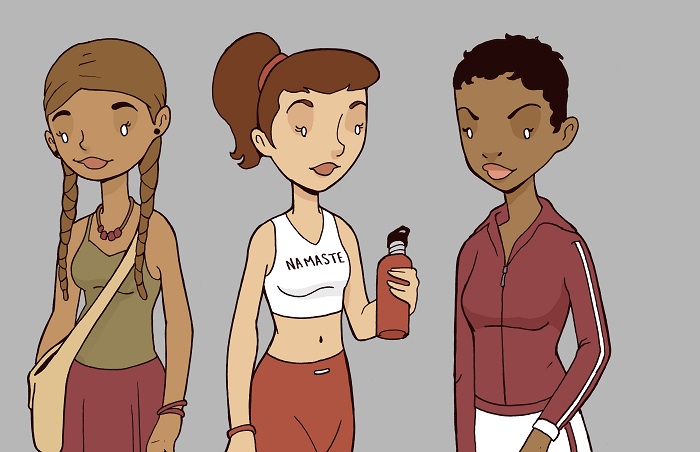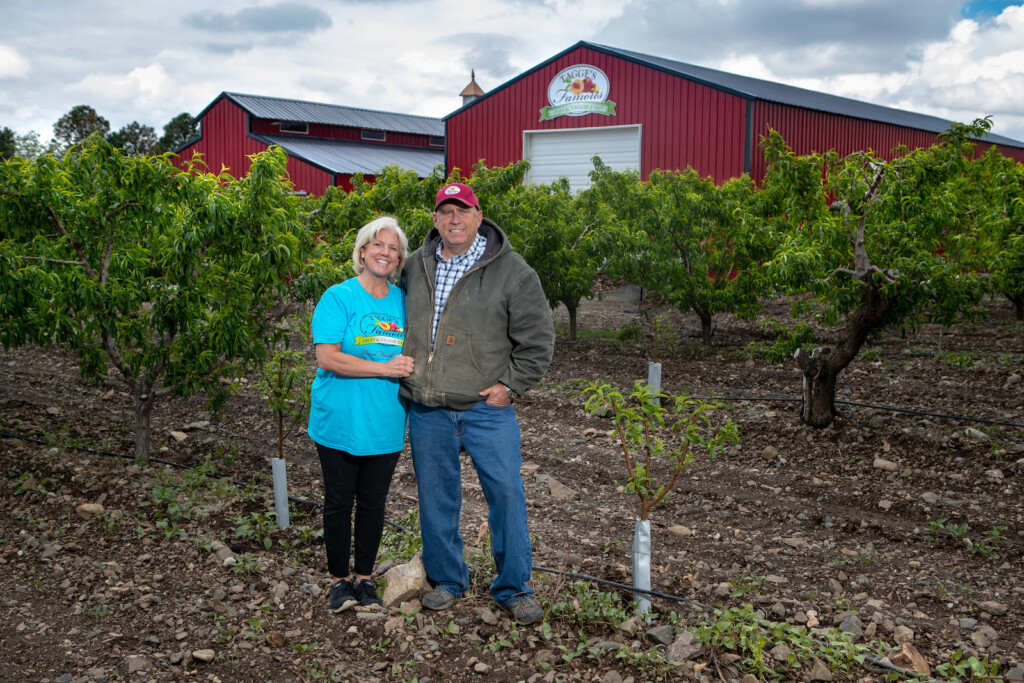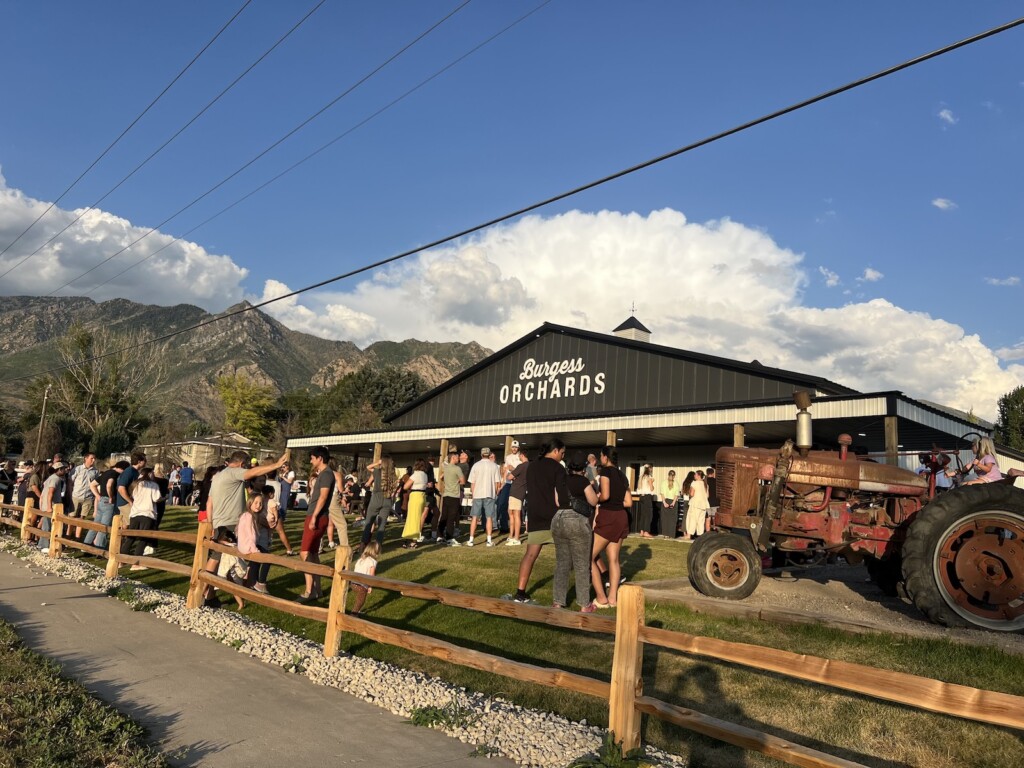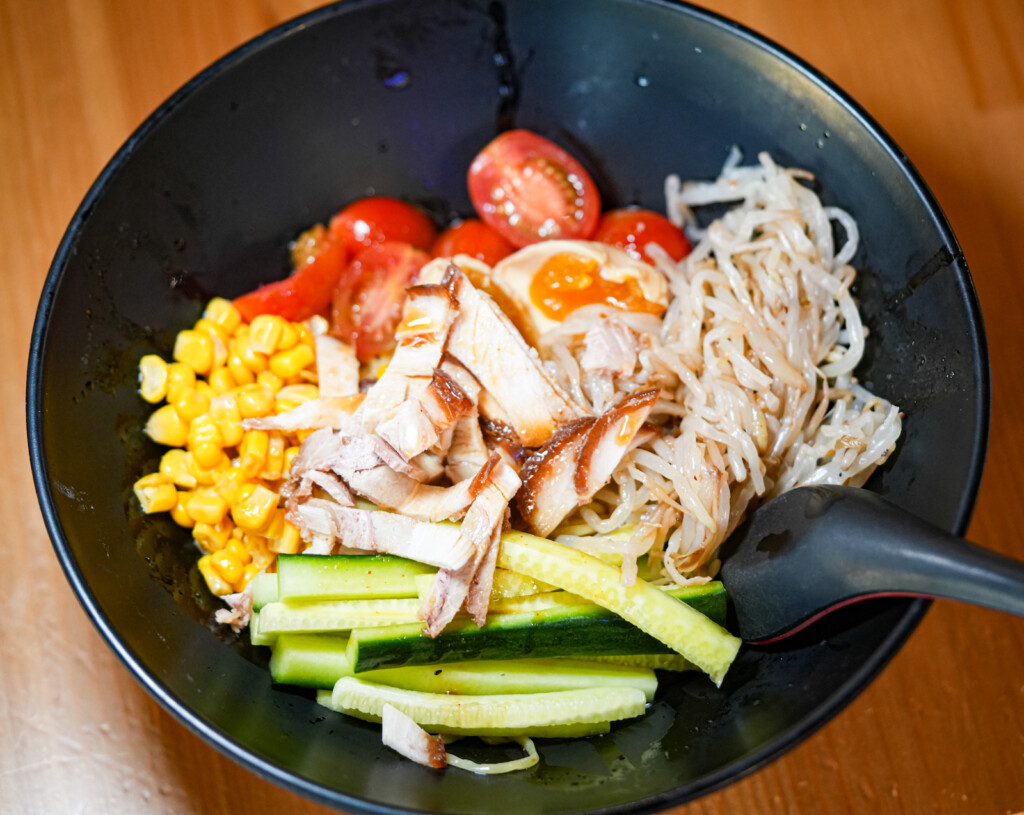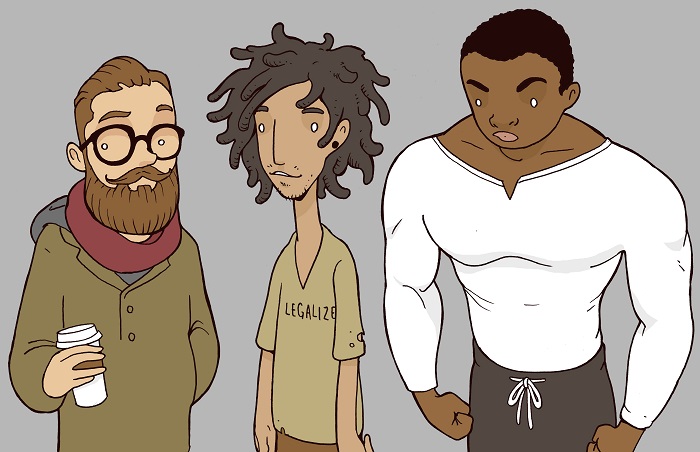
The eighties and nineties were the “fad diet” decades; a time when dieters would alternately graze among grapefruit only, carrots only, high-carbs and high-Protein. Older Diet Trends told us that a low-fat, high-carb diet would keep us healthy. We later learned that the Food Guide Pyramid was rigged and was actually a recipe for heart disease and diabetes. We still have reasons to be skeptical.
Diet Trends today aren’t temporary fads so much as they are permanent lifestyle choices, sometimes bordering on religions. With so many diets to choose from, and so many opinions about what we should eat and what we should avoid, we thought it would be useful to help readers navigate the world of diet trends.
Gluten-free
Feel sick to your stomach? Breaking out in rashes? Well, you may decide to cut gluten from your diet. According to the Celiac Disease Foundation, approximately one percent of the population is allergic to gluten. What is gluten? It is a protein found in wheat, rye and barley.
People such as Debbie Hawkins and Laura Bellefontaine both embraced a gluten-free lifestyle after being diagnosed with celiac disease. As Hawkins explained, “There are actually a lot of people that are intolerant and don’t even know it.”
The gluten-free diet lines up with many people’s health concerns but that doesn’t make it an easy change. It’s a hard diet to follow and if you love bread, it’s even harder. Many people never fully convert because of their love for pasta and baked goodies. Some people choose to eat gluten-free as a way to reduce carbs in their diet.
Non-Dairy
For many people, it’s ice cream that makes them realize they have an aversion to dairy products. This is known as a lactose intolerance. Dairy products, milk, cream, cheese, eggs, and ice-cream are all touted as a good source of calcium, but it makes many folks feel sick to their stomach.
Meet Amber Kovacs, a mother who changed her lifestyle after she began breast feeding her children, both of whom had dairy protein intolerances. She learned to replace dairy with substitutes such as almond, coconut and soy milk.
“Everyone CAN do it, and you will feel better being dairy free, but it is really hard. Don’t think it is for the faint of heart,” Kovacs said.
If research leads you to this diet, there are dairy substitutes for protein that still satisfy the taste buds. For ice cream lovers, there is no need to suffer. There are great dairy-free ice cream recipes and frozen choices at grocery stores.
Paleo
The paleo diet is also known as the caveman diet because it focuses on eating less processed foods. In other words, if it comes in a box and just requires microwaving, you may not want to eat it.
But why a paleo diet? It does not necessarily mean carnivore only, with a steak dinner and pork chop dessert. Early humans were not only hunters, but also gatherers. Paleo reflects a more plant-based diet that existed when our ancestors first roamed the planet.
In a larger sense, the Paleo diet also becomes a lifestyle, and adherents tend to couple it up with a lot of exercise.
Many people take on this diet without being diagnosed with an ailment but instead are in search of a healthier lifestyle.
Ketogenic
There are a lot of misunderstandings associated with a ketogenic diet. The misconception is that ketogenic dieters can eat high-calories, and unlimited fat. This is a myth.
The ketogenic diet, originally developed in the 1920’s to control epileptic seizures, is designed to retrain the body to use fat as its main source of energy rather than carbohydrates. For this reason keto has proven effective for diabetics.
A few years ago, Jesse Bowman was 360 pounds and pre-diabetic. “My sugar was out of control and I tried exercise, pills and finally injections, but nothing worked.” His doctor suggested he try the keto diet. By sticking to it, he is down to 178 pounds and doesn’t require insulin.
Although he credits the diet with changing his life, he warns to not compare keto to other temporary fad diets. He has been eating the keto way for over 3 years and credits it with saving his life.
On keto, strict calorie tracking and nutritional know-how is required: half of all calories must consist of medium chain triglycerides (polyunsaturated fats). The other half should be high-protein foods with a very small amount of carbs. Jesse says, “Once you get to an ideal weight, working with your doctor, then you can start maintenance. You live this way.”
Vegan
Veganism is a lifestyle choice in which people choose to abstain from the use of animal products, in diet and daily life. Most people have heard of veganism and would be surprised by how involved it can be. Did you know vegans don’t eat honey, and some see no moral objection to consuming eggs from chickens they raised? (Though they technically wouldn’t be vegan.) Even more surprising than what you can’t eat is what you will not miss if you adopt a vegan lifestyle. With so many substitutions and cruelty free options available even the most ardent meat eater can find meet free options to satisfy their palate. Going vegan can have many benefits to your health, the environment, and the welfare of animals. I spoke with Debbie Larsen, who, with her husband Nate and brother David Berg founded the Facebook group Vegan SL/UT.
“I consider veganism a lifestyle. My food choices consist of vegan items, indicating no animal products in my food, but I also do not wear anything that comes from an animal, such as leather, silk and wool. As much as possible, I do not use products that contain animal ingredients or have been tested on animal. It’s about being mindful of the choices I make and doing the least amount of harm to animals and the environment, as possible,” Debbie says.
For more information on living a vegan lifestyle to to the Vegan Society web page. As well as the Vegan SL Facebook page. page. Vegan SL/UT is a community that unites vegans in SLC and offers support, ideas and recipes.
Non-GMO
GMO stands for “Genetically modified organism.” This is done when scientists introduce DNA from one organism into a different organism. Sometimes DNA from other plants will be combined, or at times they will use DNA made synthetically in a lab. This can be done for various reasons, to make plants flourish on less water, or to increase yield and size. People who follow a non-GMO lifestyle do so on the belief that GMO products are a danger to the environment, and not safe for human consumption. Most GMO plants are engineered for herbicide tolerance. This means that there are more chemicals that could be carcinogens making their way into our water supplies. They are also responsible for the “superweed” and “superbug”. Weeds and pests that have grown immune to the current chemical solutions so stronger chemicals are being produced to deal with the now tolerant pests. According to the Non-GMO Project “The long-term impacts of these GMOs are unknown. Once released into the environment, these novel organisms cannot be recalled,” according to Ryan Paul of the Non-GMO Project .
“[Non-GMO] is definitely a lifestyle,” Paul says. “GMO products have such a huge impact on the planet and we still don’t know how they might affect our bodies. Organic food options are more nutrient dense. A diet is something you go on when you want to lose a few unwanted pounds. This is much bigger. For me, it comes down to the future of our planet.”
For more information on Non-GMO visit the website.

